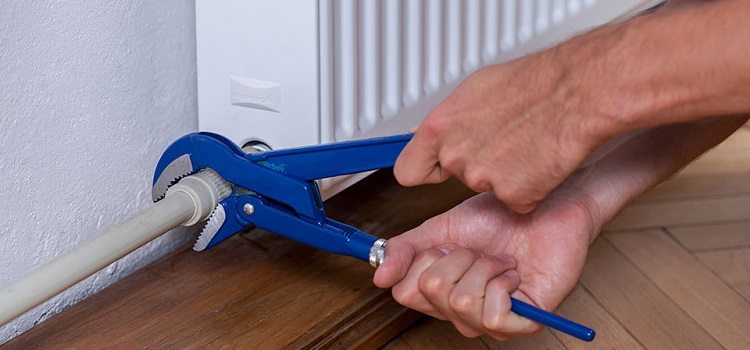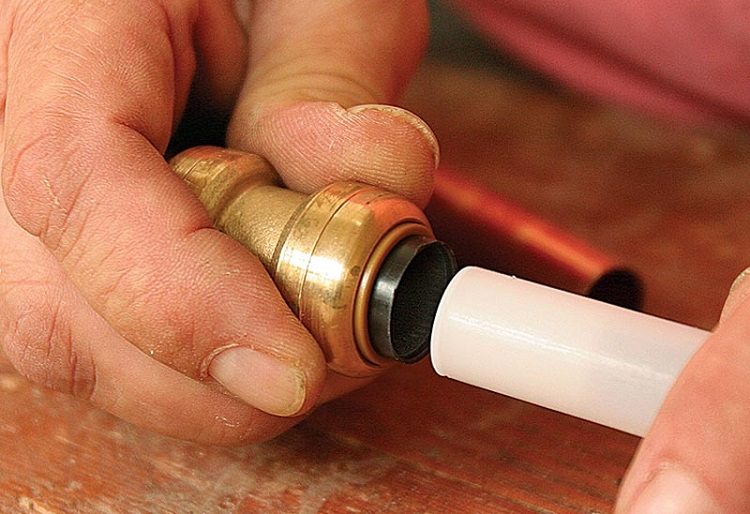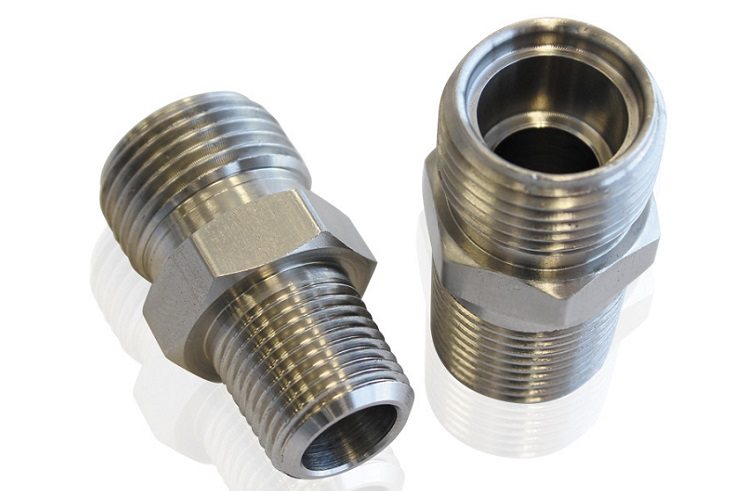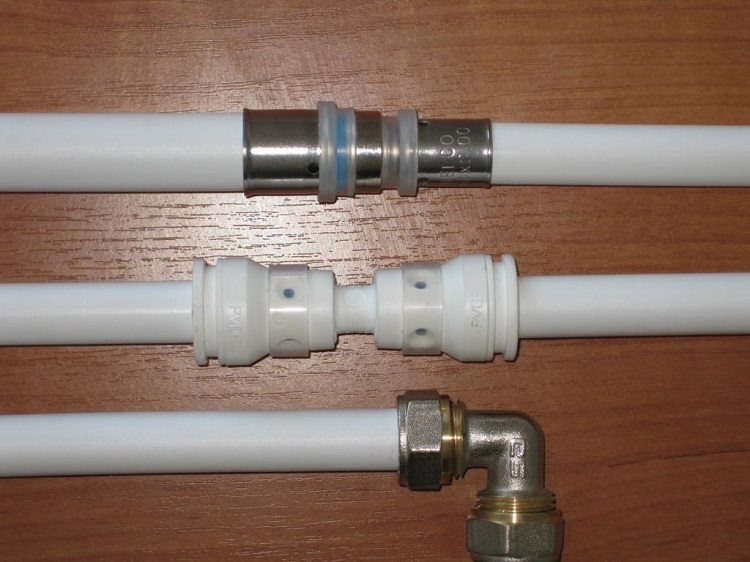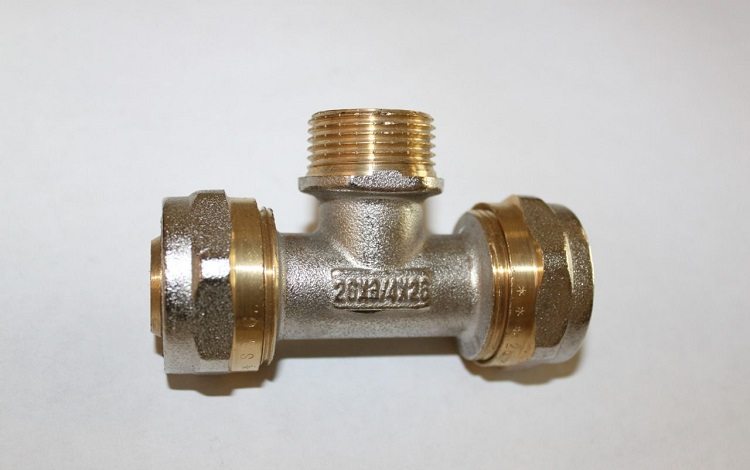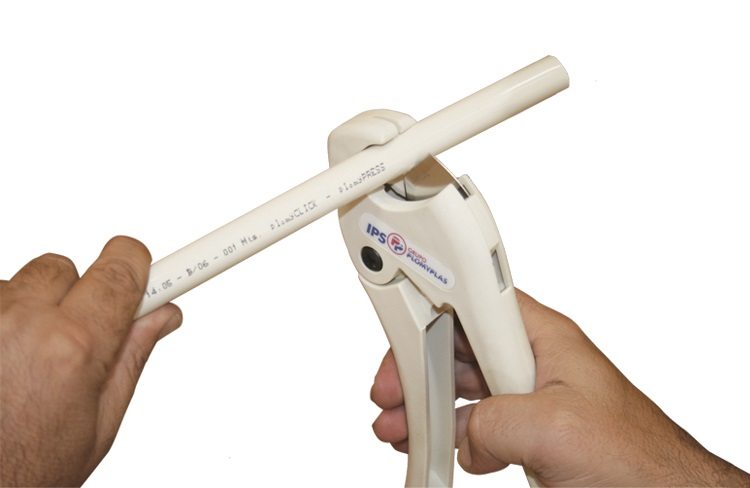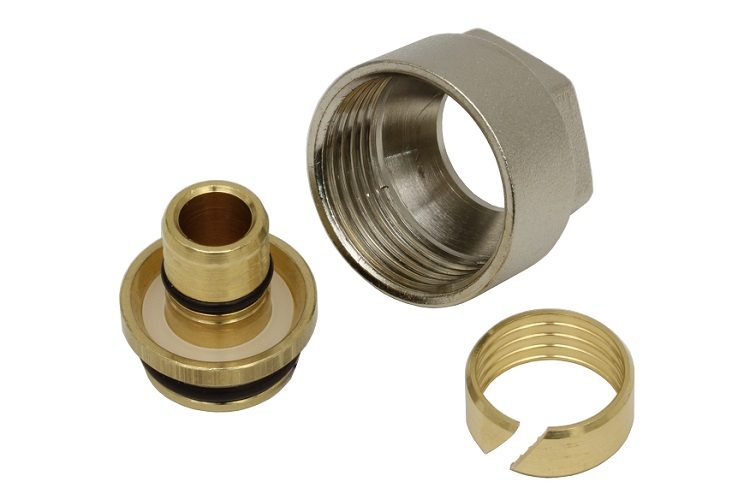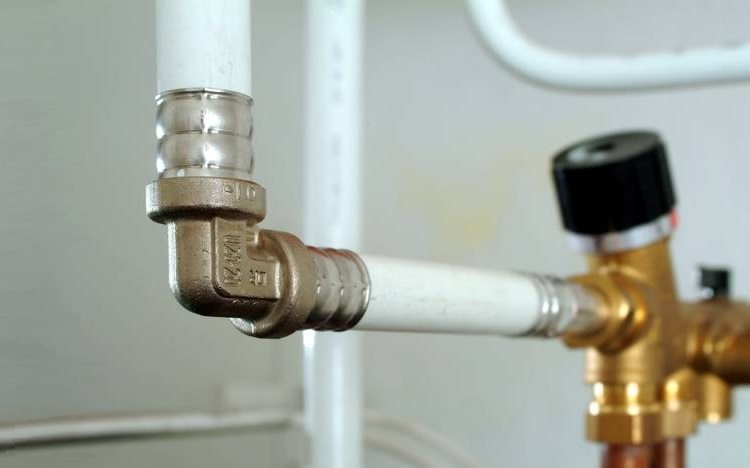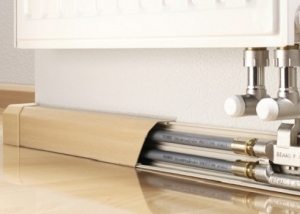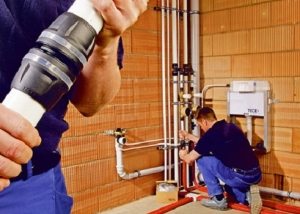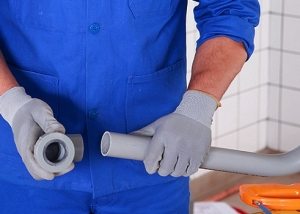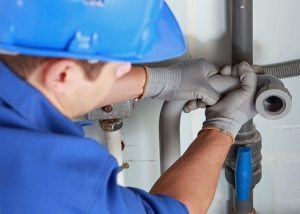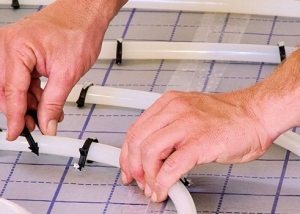Now more and more often masters began to use plastic pipes. They are the basis for the installation of heating systems, water supply. There are other equally important parts that are designed to connect segments of the pipeline - these are fittings for plastic pipes. This article will tell you all about fittings for plastic pipes, as well as how to properly install plastic pipes with various types of fittings.
Content
The advantages of metal-plastic products
Technical characteristics of metal-plastic pipes are better than metal ones in that they are not subject to corrosion and salt deposits do not appear on them. It is not so difficult to assemble a pipeline from such products. It is necessary to have the metal-plastic pipes themselves of the desired diameter, ring spanners and an understanding of which fittings to use for your pipeline.
These small connecting elements have good maintainability. It will not be difficult for you to install any connecting element on plastic pipes, and with the same ease you can remove it for replacement. Also, for the installation of the entire water supply system, you usually need only two ring spanners.
The pluses of installing metal-plastic pipes with fittings include the fact that experienced plumbers spend about 30 seconds to install and remove any of them. It is because of such a simple and fairly quick installation of water supply and heating systems that installation using metal-plastic pipes is now used.
Types and purpose of fittings
In order to make the right choice, it is necessary to understand all the technical characteristics of various fittings. After all, if when choosing fittings for metal-plastic pipes you will be guided only by the price aspect, perhaps you will choose a not very high-quality connecting element. Because of this choice, your water supply or heating system may not be reliable and will not last you long. Usually with installation of water supply and heating systems use crimp fittings for plastic pipes.
Consider the types of fittings for plastic pipes:
- collet (threaded) fittings;
- compression;
- press fittings on a plastic pipe.
All these fittings are different from each other only by the installation method.
By design, fittings are divided into four categories:
- Crosses (fittings - tees) for insertion and branching of the pipeline.
- Couplings for connecting two pipes.
- Figured fittings for bypass pipe without docking.
- Lock type fittings (valves, taps, valves).
As you can see, there are a lot of metal-plastic pipe fittings and therefore an inexperienced master will need to consult a specialist for the right choice.
Helpful advice! Plastic pipes should not be installed outside the building, since they do not tolerate subzero temperatures.
What temperature is maximum for such a pipe is indicated in the passport to the product. When buying, it is advisable to familiarize yourself with it to find out all the technical characteristics of the selected pipes.
Design features and installation methods of fittings
In order to understand which fitting for metal-plastic pipes is better and how to remove fittings from a metal-plastic pipe, you need to understand the types of different installation of fittings on metal-plastic pipes.
Plastic pipe collet fittings
This type of connecting elements is referred to as detachable fittings. These fittings are the most expensive of all types, but they have a great advantage in that the connections using these elements can be disassembled and reassembled several times. The main difference from conventional threaded parts is the presence of a sealing ring - a collet, which ensures the tightness of the connection. Collet fittings for metal pipes consist of the following elements:
- brass body;
- crimp ring;
- rubber gasket.
Various tees, crosspieces, adapters, etc. are assigned to detachable fittings. Their technical characteristics allow the use of such products in different types of pipelines.
Tees for metal pipes - a tool for solving many problems. They relate to crimp fittings for plastic pipes. Using a tee for a plastic pipe, you can make a branch from the main line. An analogue of such a fitting of plastic pipes is a cross. The crosspiece is a double-sided tee of plastic pipes for creating two branches in the pipeline at once. Types of tees for metal-plastic pipes: crimp, threaded, tees under a press sleeve.
The tee can also be classified according to the manufacturing method: conventional and combined. Combined tees are divided into:
- tees with external thread;
- with internal thread;
- with union nut.
Installation of collet fittings for plastic pipes
First you need to outline the installation location of fittings on plastic pipes. Since the connection of pipes using threaded fittings is detachable, you should not use it when laying pipes in the walls.
In order to prepare the pipe for installation, it is necessary to cut the desired piece with a pipe cutter and clean the resulting end of the pipe from roughness and burr. There is one more nuance: after using the pipe cutter, the pipe section is always slightly deformed. To eliminate this, use a calibrator.
After preparation, three simple steps follow:
- remove the nut and ring from the collet fitting and put them on the pipe;
- the pipe is put on the fitting of the threaded fitting. After that, the pipe is leveled, and the crimp ring returns into place;
- the nut is screwed first with a hand all the way, and then it is slightly tightened with a wrench.
Keys of the right size, like other tools, prepare in advance.
Unlike conventional threaded fittings, installing a collet part does not require the installation of additional gaskets, winding tow or applying sealant.
Important! The main thing is to tighten the nut well, but do not break the thread.
There are disadvantages to this type of connection:
- if you tighten the nut poorly, it will begin to leak at the junction. But you can’t tighten the nut.Therefore, when installing fittings for plastic pipes, care must be taken. It is better to tighten the nut after checking than to spoil it by excessive force;
- if the pipeline is used for a long time, the nut may loosen, so it must be checked periodically and tightened if necessary.
Compression fittings for plastic pipes
These connectors are classified as split fittings. The main advantages of the technical characteristics of compression fittings for a metal-plastic pipe: installation is simple and quick, the connection is reliable, reusable, the ability to assemble a pipeline of any complexity.
Compression fitting for metal pipes consist of the following elements:
- union nut;
- fitting;
- cut crimp ring.
Although compression fittings are considered conditionally split and easy to remove, it is not recommended to use it again after removing such a fitting. When re-installing it, the pipe connection may not be reliable. Therefore, it is recommended to wear a new compression fitting.
Helpful advice! Compression fittings are best used for installation of pipelines with cold water.
Installation of compression fittings
After deciding on the long tube necessary for installation, you need to add 10 cm, and only then cut the pipe. These additional 10 cm will go to fitting installation. After you cut the pipe, its end must be processed with a calibrator.
The following steps are similar to mounting a collet fitting:
- the nut and the cut ring are removed from the fitting and put on the pipe;
- then it is necessary to grease the fitting with silicone grease and put the pipe on it;
- the last thing to do is to tighten the nut with your hands and tighten it with the key.
If such a fitting fails, then it is not necessary to change it entirely. Only the worn part can be replaced.
Press fittings for metal pipes
When using a press fitting for plastic pipes, the connection is one-piece. The disadvantage of this connection is that it is necessary to use a special tool - this is a press machine. There is a manual version of the press machine - these are press tongs, there is also a hydraulic option with microprocessor control.
There are several types of press fittings:
- corners;
- tees, the installation of which is carried out by pressing;
- couplings.
The technical characteristics of press fittings for plastic pipes include quick installation. Also pipe connection in this way is distinguished by high strength and reliability. The advantage of such a connection can also be called the fact that the system can be laid inside the wall, since this is an integral type of connection of metal-plastic pipes.
Installation of press fittings
To install a part of this type, you will need a specific tool. Only with its help can a reliable fastening be achieved.
- cut off the pipe of the right size and process its ends;
- put on the edge of the pipe crimp sleeve;
- insert a fitting;
- crimp the coupling using a special tool.
Now on the market there are a huge number of fittings for plastic pipes, the technical characteristics of which are very diverse. This article will help each applicant to determine which pipes are necessary for him to solve the task. And you can choose fittings with various technical characteristics based on the type and diameter of the main elements of the future pipeline.
